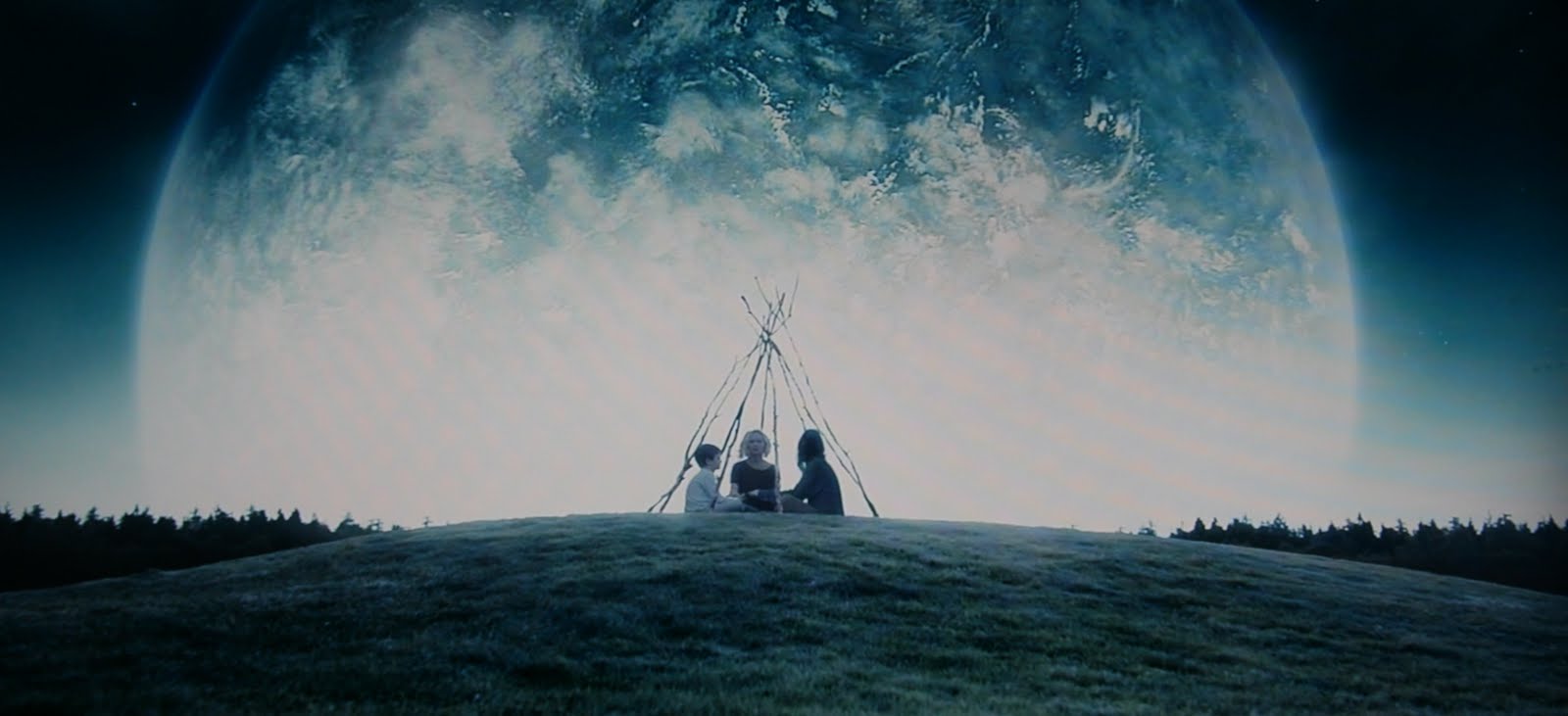
Cinema is not only entertainment. Cinema is a form of art – through cinema, man recreates life aspects. Its connection with philosophy is undeniable, since philosophy is essential for the human being.
Although almost all movies have some philosophical concepts, there are some movies that have way more content of this kind than others, therefore becoming targets of meticulous analysis.
The following films are the most analyzed films of the 21st century, not mainly because of their photography, performances or production, but due to their abundance of philosophical resources and enigmatic aspect.
10. Under the Skin
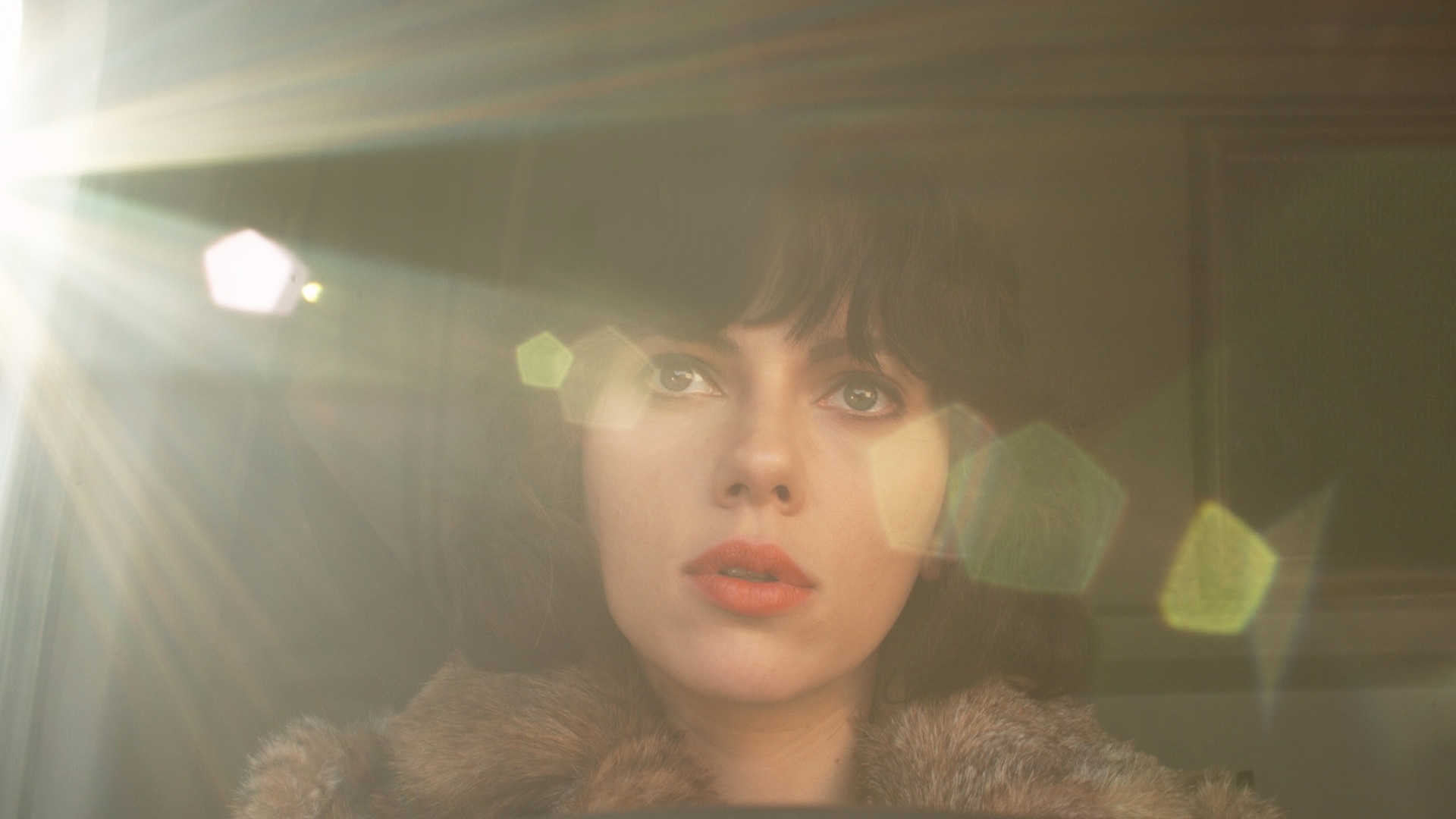
“Under the Skin” is a 2013 science fiction film directed by Jonathan Glazer.
Everything starts when a motorcyclist retrieves a young girl from the roadside and places her in the back of a van, where a naked woman dons her clothes. After buying some clothes and makeup at a shopping center, the woman drives the van around Scotland, picking up men. This woman seduces the men she picks up, making them follow her into a void where they finally end up submerged in a liquid abyss.
“Under the Skin” is a purely graphic movie, with a gloomy and melancholic aesthetic that generates feelings of insecurity and uncertainty. Speech disappears and becomes staging, with very little dialogue, thus displacing the focus of the word to the image. Since it is mostly image-centered, these images are strong enough to detach from the weight of speech and adhere to the memory of its viewers.
It reflects the consolidation of two concepts: the figurative and the abstract. Although it is mainly graphic and does not have much dialogue, the visual signs –which are very dreamlike – produce formidable and unique emotions that no script could likely ever generate.
The film also shows topics such as consumerism, desires, dreams, and empathy – purely human traits that remain under our skin and from which we are not able to escape.
9. The Act of Killing
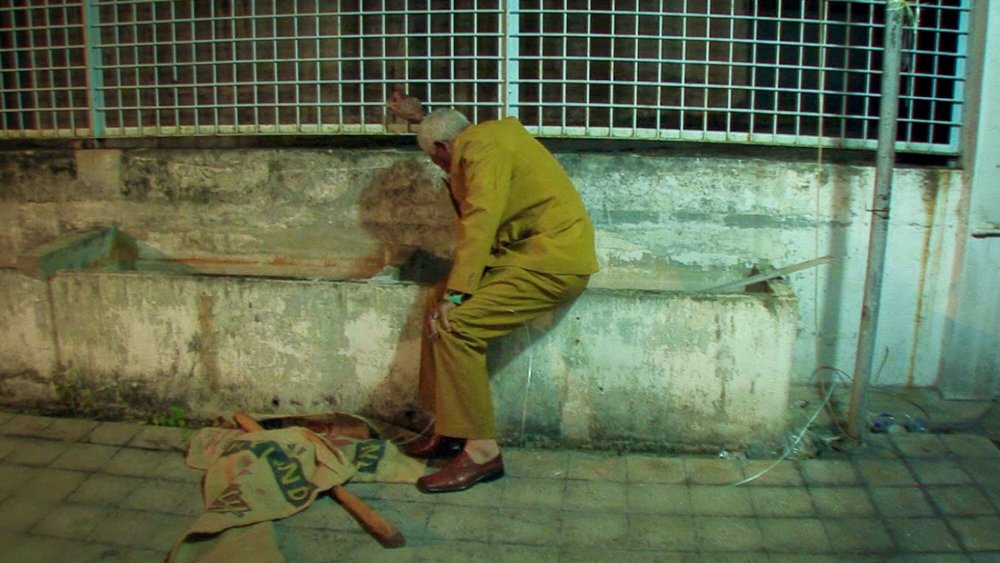
“The Act of Killing” is a 2012 documentary film about the people who participated in the Indonesian mass killings of 1965-1966.
It’s the story of murderers who, in their own complacency, recognize themselves and are recognized as national heroes, and 50 years after the crimes they committed, remain in power.
“The Act of Killing” is a journey into the subconscious and memories of these murderers, and the existence of people that justify, defend, and revive genocide.
In the documentary, these men recreate the murders of which they were part without any guilt, doubt or complex, reflecting in this way the concept that they have of themselves. The “act” of killing and the “acting” of killing are then, at the same ethical level. The “performances” revive the acts, leaving them in evidence.
Undoubtedly, a cruel true story of sadism and impunity that highlights the fractures of a system based on inequality and the enrichment of a particular group, and its way of operating at the expense of human lives.
8. Caché
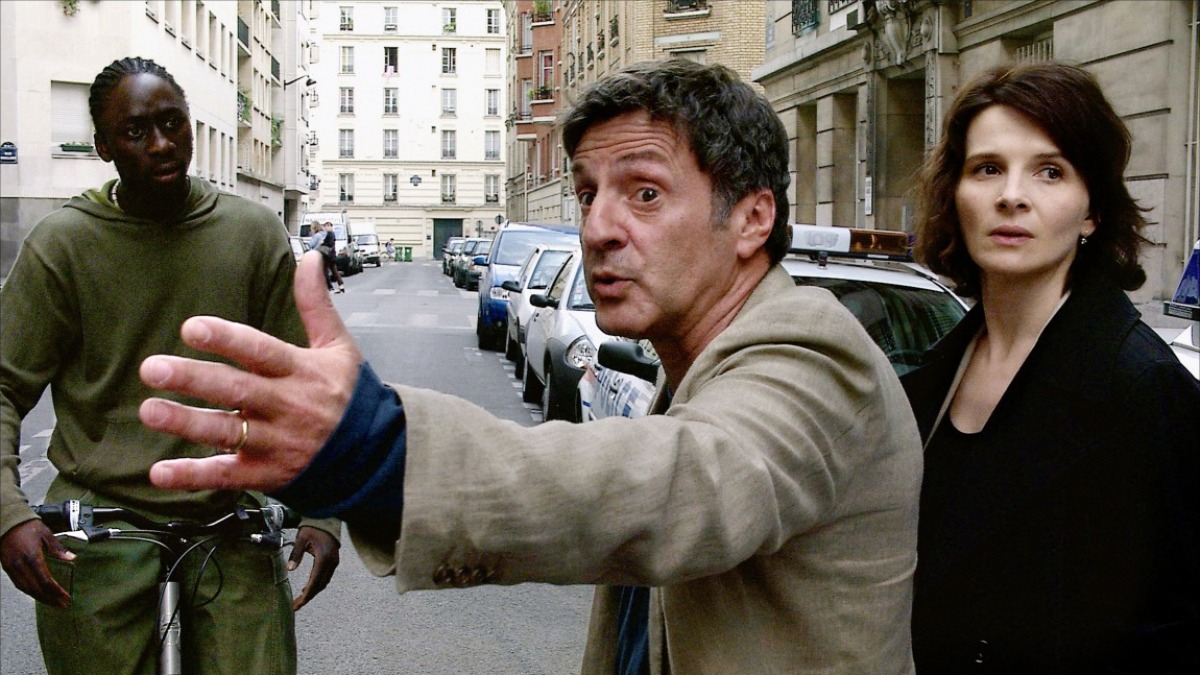
“Caché” is a 2005 psychological thriller film written and directed by Michael Haneke.
A couple, Anne and Georges Laurent, discover a videotape left in their house without any explanation, which shows their residence, implying they are under surveillance.
The movie’s mystery is, of course, the videotapes, their author, the motives, and the story behind it.
But the real thing is that the videos are just a distraction, a thing that dispels the main message. This is very typical of Haneke’s films: he plays with the audience, subjecting us to an objective mystery, inducing a fear of what we don’t know.
It shows – another thing typical of Haneke’s works – a bourgeois and selfish family with completely monotonous lives, where then something interrupts their daily routine and a dark past, or rather a dark life, is uncovered.
The end of “Caché,” which is a key in the film and was the subject of meticulous analysis, re-opens the mystery that we thought was closed or forgotten, and makes us wonder who is responsible for those tapes. But the truth is that the reflection to which we must arrive is that the tapes are not that important.
7. Holy Motors
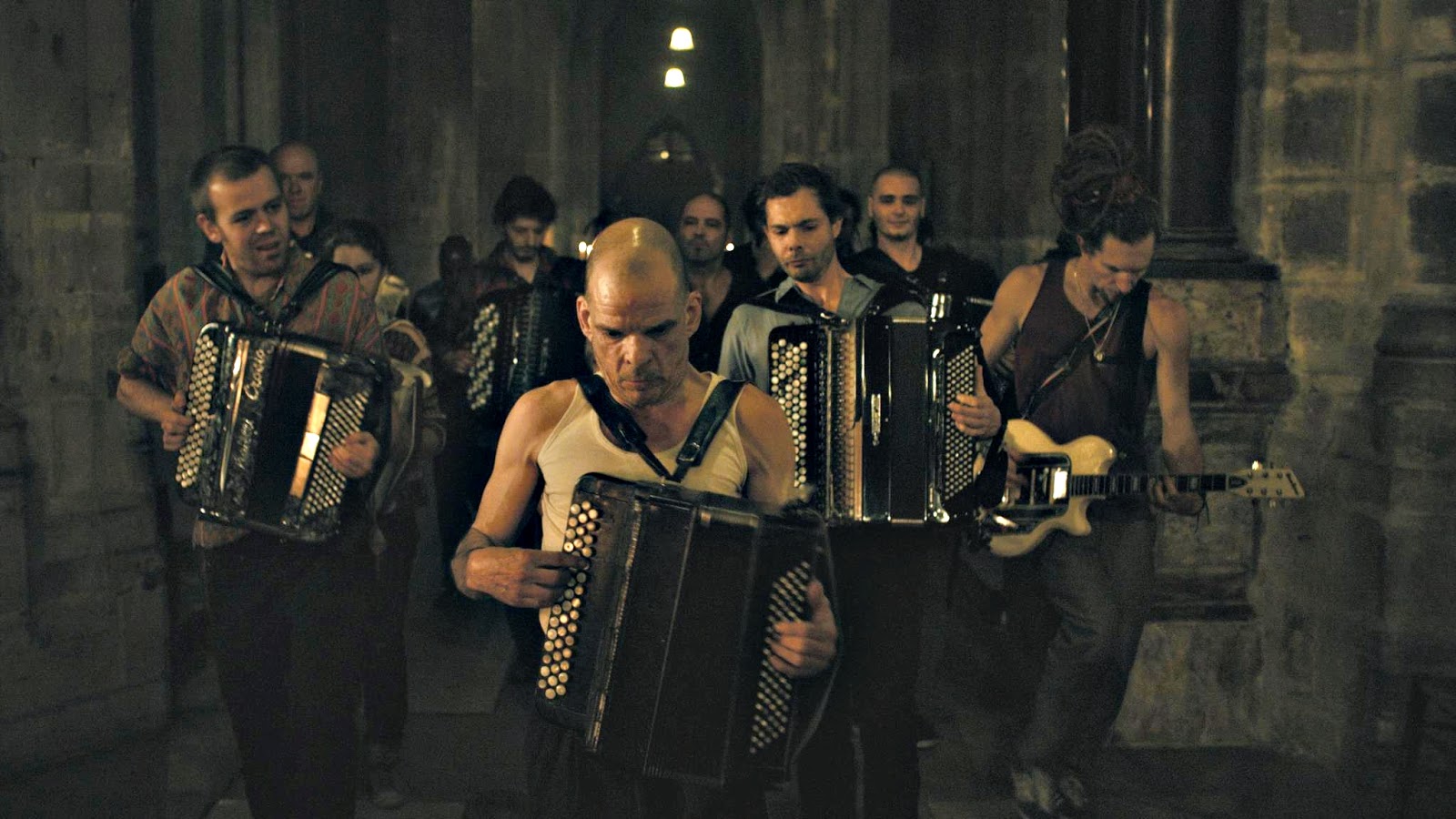
“Holy Motors” is strange enough for its reputation to be warranted: this 2012 surreal drama film written and directed by Leos Carax follows the life of a being moving from life to life. In each of these interlaced lives, the being possesses an entirely distinct identity: sometimes a man, sometimes a woman, sometimes young, sometimes old.
Each scene is pretty unique, ambiguous and surreal, with little coherence or rational logic. It combines elements of everyday life with delusions, which is typical of the surrealist genre.
It is built by isolated fragments. In the introduction of the film, the main character discovers a door in his room that will open the way to a mysterious cinema. This scene could be considered as the initiation of creating and visiting new realities and identities.
Most people interpret the film as a tribute to the labor of actors in cinema, since the main character plays different roles during the movie, but it’s more than that. “Holy Motors” is also the story of a man living in a world devoid of action and vivid experiences, thus he escapes from his reality by pretending to be other people so he can experience things that he can’t in “real life,” creating thereby a world of his own.
6. Mulholland Drive
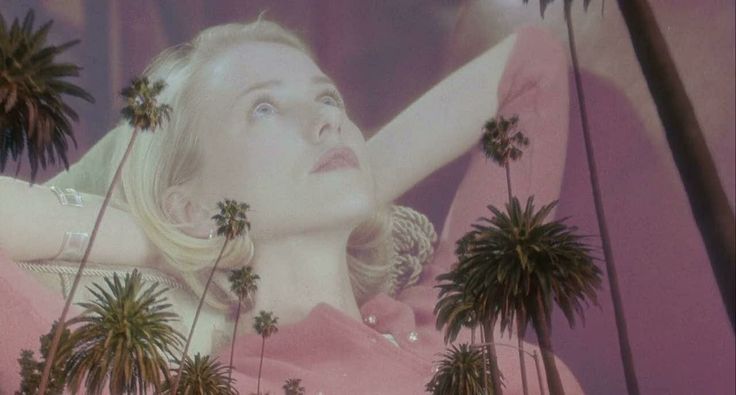
Named one of the best films of the 21st century by several filmmakers, “Mulholland Drive” is a 2001 neo-noir mystery film written and directed by David Lynch.
It follows the story of a woman who survived a car accident on Mulholland Drive in Hollywood. Injured and shocked, she makes her way down to Los Angeles and sneaks into an apartment. Later that morning, an aspiring actress named Betty arrives at the apartment, which is owned by her aunt. Betty is startled to find the woman, who has amnesia and assumes the name “Rita” after seeing a poster of the film “Gilda” starring Rita Hayworth. To help the woman remember her identity, Betty looks in Rita’s purse, where she finds a large amount of money and a blue key.
Being Lynch’s finest work, “Mulholland Drive” has a nonlinear and particular narrative structure; it’s a puzzle with alternative realities that present a connection between fantasies and memories.
It starts as a mystery drama that makes you wonder about the identity of “Rita,” to later show you that the film is actually about Betty’s psyche. Probably, one of the most attention-catching, intriguing and mysterious films ever made.
The film also develops, with a surreal nightmarish language, issues such as toxic relationships, psychological traumas, the fear of failure and rejection, and the lies of the American dream.